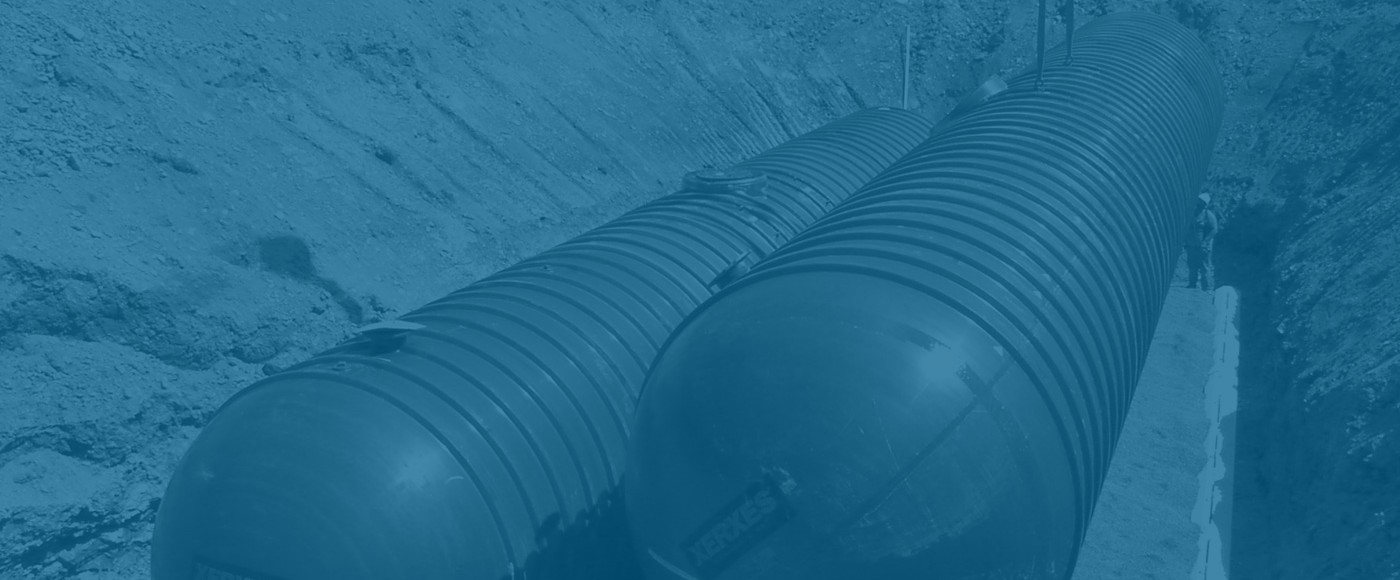White papers
Fiberglass Tank & Pipe Institute
This site provides information on the Fiberglass Tank & Pipe Institute - Member Companies. General information, applicable fiberglass standards, fiberglass products, published Institute white papers, direct links to company members and information on how to contact the Institute.
[print_thumbnail_slider]

